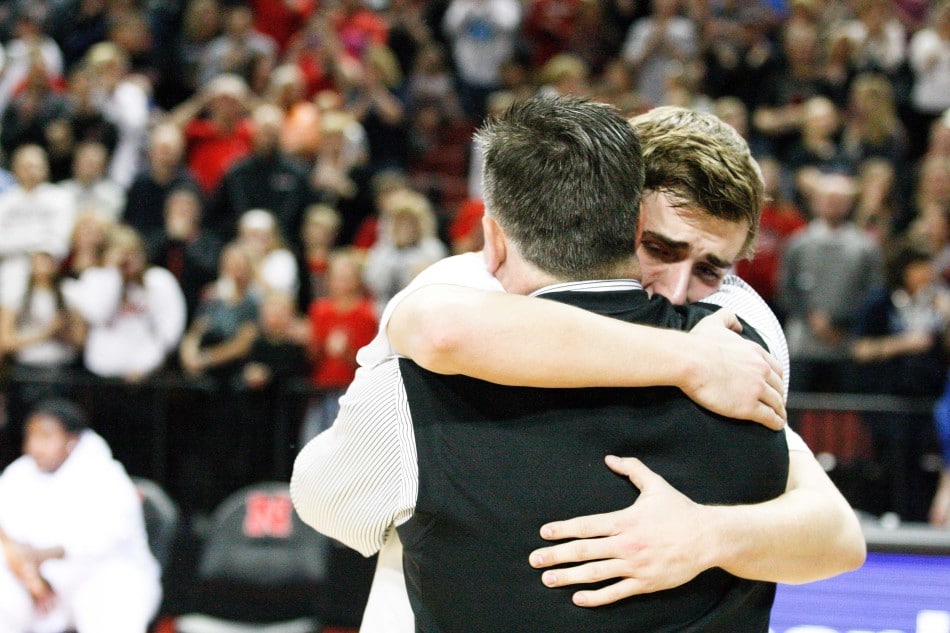In my 3rd and final segment of Film Breakdown, I am going to discuss my thoughts on the important aspect of watching film with your players individually. If you happened to miss Part 1 or Part 2, click over and check them out.
Meeting with your players on an individual basis is just as, if not more important than bringing in your entire team for critique. As a coach, you are mentor first, X & O’s come second; meeting with your players 1-on-1 allows for that special time of bonding and showing your players that you care. As a high school coach, it can be difficult at times to schedule frequent 1-on-1 meetings because practice is typically right after school and there is little time in between to meet. Furthermore, most players jet out of practice as soon as the huddle breaks. It is important to MAKE time to meet with your players; even if it is just for 5-10 minutes. If you can’t find 5-10 minutes, then utilize your down time in practice to strike up conversations (i.e.- Pre/Post Stretching, Water Breaks, Free-Throws, etc.)
For college coaches, a staff can range from 2 to 6 (or more) coaches. It is essential that players develop relationships with the entire coaching staff. However, I have found that certain players gravitate towards certain coaches and are more comfortable “hanging out” with them. And that’s ok, actually that is fantastic! With that said, if a player has a better relationship with one of your colleagues, that doesn’t mean you should steer clear of the player. Embrace the relationship and the fact that the kid loves being in the office/facility/arena. If you see them walking by invite them into your office and just ask how they’re doing; show them you care.
Whether you are going to show your player some film or just talk, have a plan. If you are going to show your player film I recommend showing it to them with only one coach present. By outnumbering the player with coaches, the player may begin to feel like he is being ganged up on and will not be as receptive to the film session. Additionally, have a plan of clips to show that player three things they can do to help the team. If you show the player every single mistake they are making, they will soon begin to lose their edge because they feel the coaching staff has no faith in them as a player. As I mentioned in Part 2, incorporate clips of the player performing actions correctly and create teachable moments. When I bring in players to watch film 1-on-1, I try to keep the meetings no more than 15 minutes; any longer and the players typically start becoming disengaged.
Being a coach is about being more than teaching drills and plays. Coaching is leading and mentoring your players to become successful men or women in society with the proper life skills. A player will never listen or “buy-in” to what you’re preaching unless they know you CARE about them. How do your players know you care? By asking them about their life, their family, their grades, by talking to them about things other than basketball. Some players may not have a strong support system at home where they are comfortable asking questions or opening up about issues. For example, I’ve seen a player break-up with their girlfriend during the season and it have an immediate impact on their performance. Why? It’s not because they’re soft, it’s because they did not have a proper coping system to help them deal with the change. Be there for your players; they should be willing and able to walk into your office or home and share their feelings with your without the fear of being humiliated.







